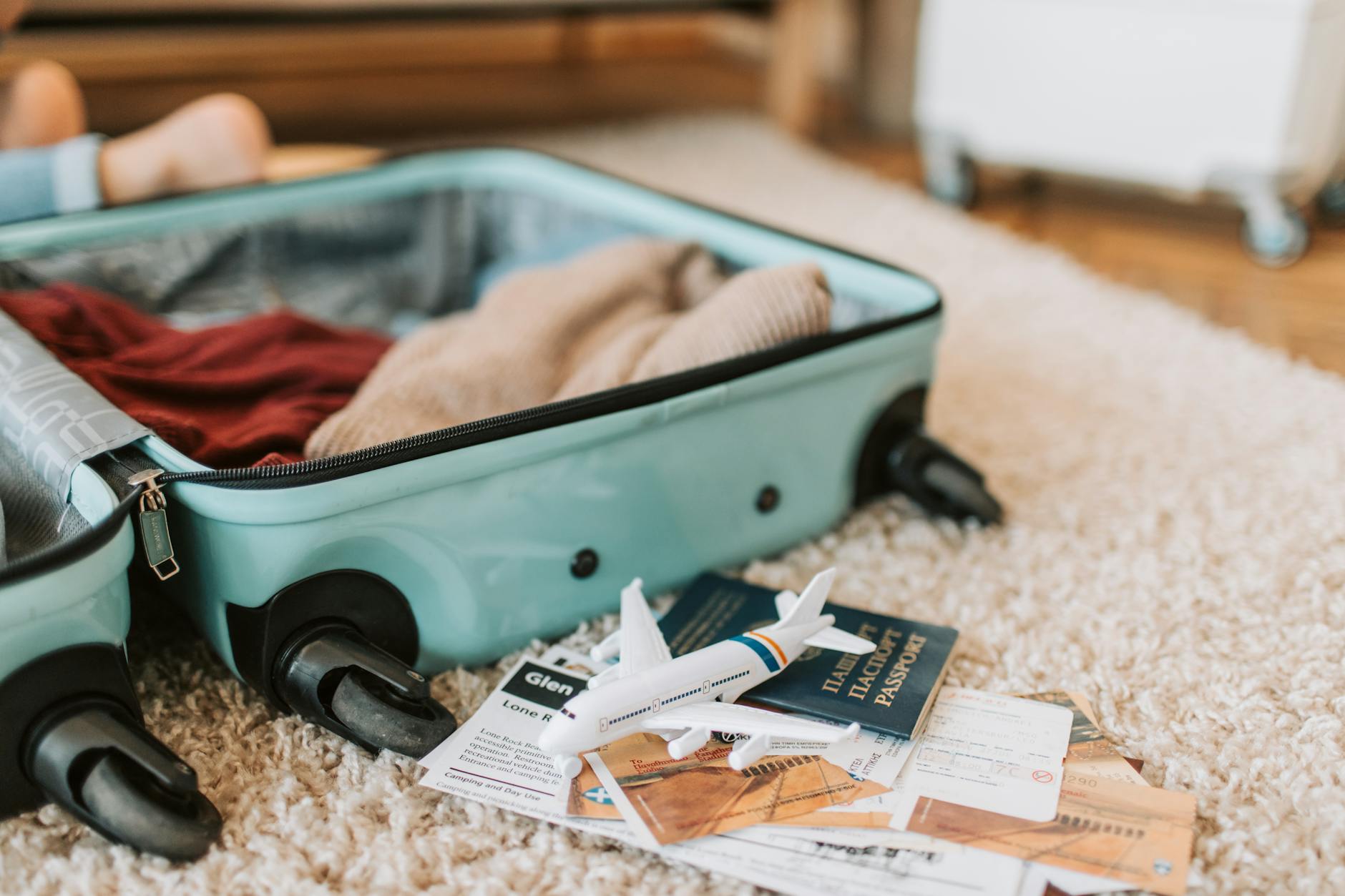Tonight I watched the London Calling 2019 session by Ahmed Abd El Wahed from the University of Gottingen in Germany. The title of the presentation was “From ancient tomb to animal viruses: mobile suitcase lab for nanopore sequencing at field settings.” El Wahed spoke about the reagents and equipment needed to perform sequencing. They have developed a Mobile Suitcase Laboratory. The suitcase contains instruments and supplies for isolation and sequencing. El Wahed explained that the foam layer is chemical resistant and glued to the suitcase. Disinfectant wipes are used to disinfect surfaces. El Wahed shared that they are a veterinarian by training. One example they presented of mobile lab use was for foot and mouth disease virus and capripoxviruses. Foot and mouth disease virus has seven distinct serotypes, and El Wahed emphasized that sequencing is the only way to differentiate the types. They shared a five-hour ligation sequencing protocol for foot and mouth disease identification and typing. For capripoxviruses, they use the Rapid Barcoding Sequencing kit and process the data offline with BLAST and Geneious in 2.5 hours. El Wahed shared data on the specificity of the whole virus and gene sequencing of capripoxviruses. El Wahed has successfully used the Mobile Suitcase Laboratory and simple bioinformatics workflows for animal disease identification. El Wahed then shared that with a colleague, they collected samples from tombs! They did microbiome analyses of sites that were decaying and compared them to other sites in the tomb. They found some organisms known to be resistant to extreme conditions and sequences of animals. This session emphasized the portability of the ONT devices and the availability of powerful yet straightforward bioinformatics tools.



